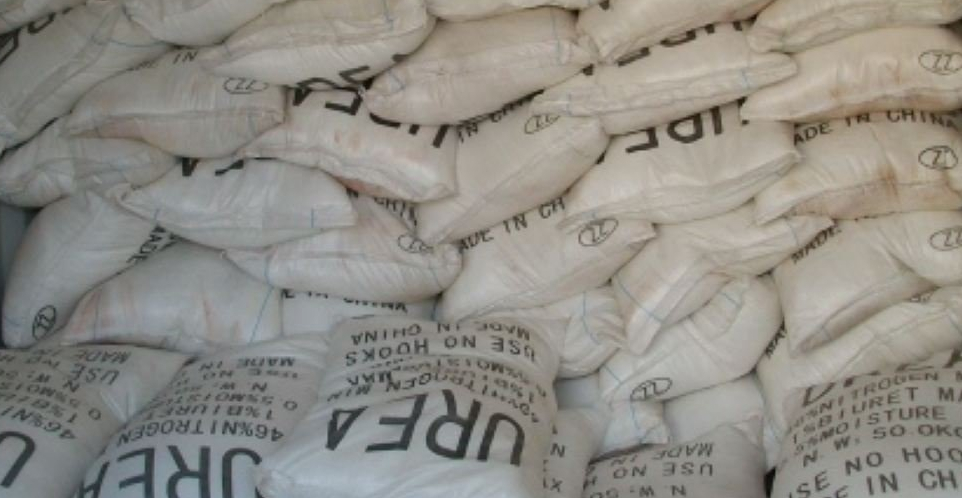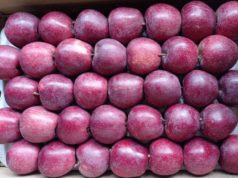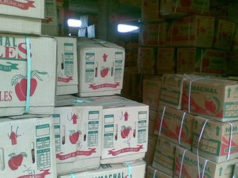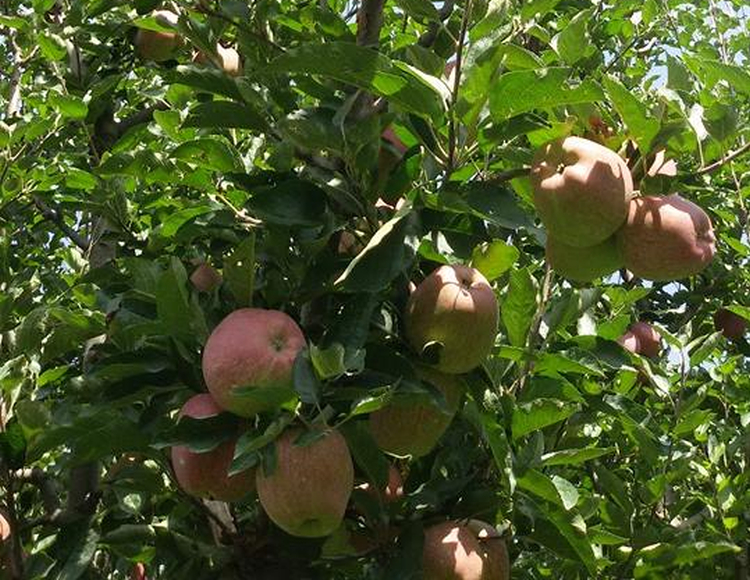
Constant decline in soil fertility status, mainly due to nutrient removal by intensive cropping systems in amounts far-exceeding their replenishment through fertilizers and manures during past few decades, is considered one of the serious second-generation problems of Green Revolution. Farmers often use nitrogenous fertilizers (mostly urea) or nitrogenous and complex fertilizers (mostly urea and DAP), ignoring the application of potash and other deficient nutrients.
On the other hand, multi-nutrient deficiencies have already emerged and expanded in most of the soils. Soil analysis under different projects revealed widespread deficiency of at least six nutrients viz., Nitrogen (N), Phosphorus (P), Potash (K), Sulphur (S), Zinc (Zn) and Boron (B) in different parts of the country. Some diagnostic surveys carried out in rice-wheat growing areas of north-western India revealed that farmers often apply greater than recommended rates of N to sustain the yield levels that were attained earlier with even less fertilizer use.
Urea, being most common N fertilizer, is indiscriminately used irrespective of scientific prescriptions. Excessive use of urea leads to several adverse implications on soil, crop quality and overall ecosystem. Some major disadvantages of excessive/indiscriminate use of urea are listed as under:
It enhances mining of soil nutrients that are not applied or applied inadequately, thus leading to deterioration of soil fertility. Such soils may require more fertilizers over time to produce optimum yields.
Nitrogen applied in excess of crop demand is lost through volatilization, denitrification and leaching.
Excessive use of N (urea) encourages climate change (when lost through denitrification) and groundwater pollution (when lost through leaching). Increase in nitrate content of groundwater in some intensively-cropped areas has been reported, which is obviously due to leaching of nitrates beyond crop root zone. Increase in nitrate content of groundwater is potentially harmful, as it is used for drinking purposes in most of the rural areas.
Fertilizer N (urea) application beyond recommended rates enhances crop succulence, thus making the plants prone to disease and pest infestation, and to lodging.
Unbalanced use of urea decreases N use efficiency, thus leads to increase in cost of production and lowering of net profits.
For increasing use efficiency of N and other nutrients, profitability and environmental safety, fertilizer N (urea) application needs to be rationalized. A few guidelines for rational use of N fertilizers are indicated below:
Fertilizer N (urea) application should be invariably balanced not only with P and K but also with deficient secondary and micronutrients.
Soil test-based fertilizer prescriptions have to be adopted. Farmers should insist for S and micronutrient testing, as NPK alone (without S and micronutrients) is no longer balanced fertilizer prescription.
Neem oil coated urea should be preferred over pilled urea, especially for basal dressing.
Losses of N are usually less when urea is top-dressed before irrigation.
Modified N scheduling using leaf color chart (LCC) gives better N use efficiency in crops. LCC-based real-time N application needs to be promoted in the crops (like rice and wheat) for which LCC thresholds are available.
Conjoint use of organic manures and fertilizers may help curtailing the application of fertilizers including that of urea.
Inclusion of legumes may curtail fertilizer N (urea) requirement by 25-50%. Depending on cropping system and availability of irrigation, legumes could be introduced as catch crop, green manures, forage crop, break crop or as short duration grain crop.
Note: Feature is written by Dr B S Dwivedi, Head, Division of Soil Science & Agricultural Chemistry, Indian Agricultural Research Institute, New Delhi












